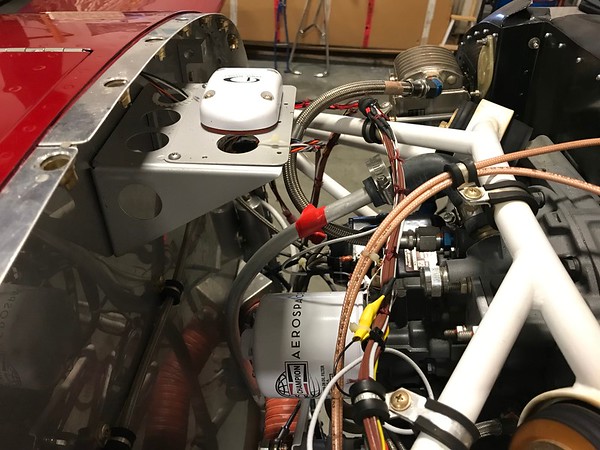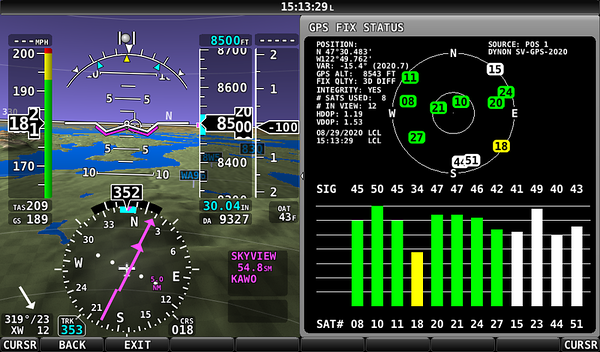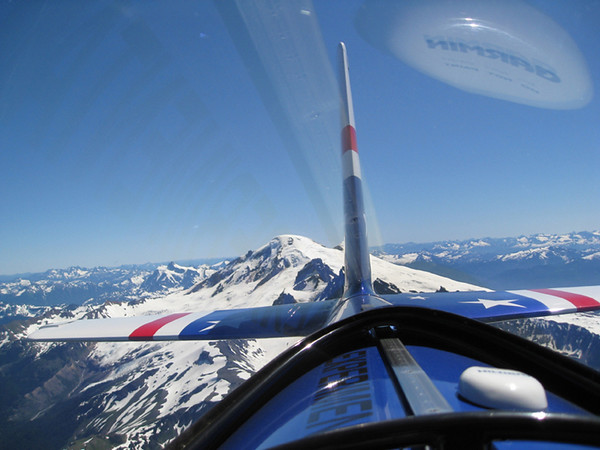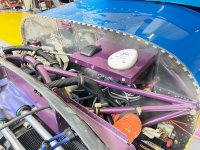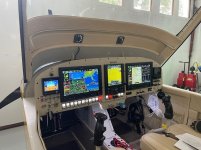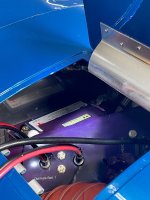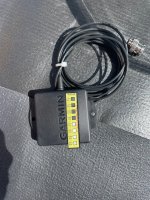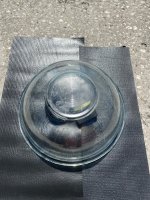Antenna type and location PIREP
In the past I have been asked about how my antennas work mounted on a shelf under the cowling and the only answer I was able to give was "seems to work ok". I am glad nobody asked for a better data driven answer and so today wanted to explore different GPS antennas and how they performed in different locations. Since I am not a EE (I am a Chem E) so if anyone has input to the best way to judge signal strength let me know. My set-up is Garmin GDU 460's with a G5 and a GTN 750 in the middle. (See pic) I have the typical WAAS Garmin antenna on the 750 and a GA26C running to the PFD. For this test I added a:
https://www.mouser.com/ProductDetail/Taoglas/AA.105.301111?qs=WUa1z/NV9%2B0Zz8quINyrVQ== for less than 15 bucks, recommended on this Forum to the MFD using a
https://www.ebay.com/itm/401288401409 adapter for another 5 bucks. To judge resolution I looked at PDOP (Position Dilution of Precision) data that's on the Garmin SD card in each of the GDU's along with the number of sats captured. I wanted to see the difference in precision top cowling on and off. I did this on the ground with the antennas getting a clear shot of the sky outside my hangar. For the 750 it reports HDOP and did not count the sats displayed. For PDOP and HDOP the lower the number the better. (I have been told that anything under 2.0 is more than adequate, antenna engineers chime in)
Cowling Off: (Let it warm up for 5 mins and then took 5 mins of data)
PFD: PDOP-1.47 SAT-10.63 (GA-26C Ant)
MFD: PDOP- 1.38 SAT-10.89 (Taoglas Ant)
750: HDOP-0.8
Cowling On: (Same test procedure as above)
PFD: PDOP- 1.62 SAT-10.35 (GA-26C Ant)
MFD: PDOP- 1.42 SAT-10.74 (Taoglas Ant)
750: HDOP-0.9
To insure the GDU's did not bias the results I swapped antenna's and got roughly the same numbers as above. I also swapped the GA-26C for a GA-26X (Using that in the 10) and got pretty much identical results.
At the end of the day I attached the Taoglas antenna to the G5 (I did not have a GPS antenna on the unit) and was depending on the G5's internal antenna to provide a signal. Without the antenna attached my satellite reception was terrible and even with the cowling off could not lock on one satellite. With the antenna attached I was able to lock on 7 satellites. I ended up coiling the excess antenna cable up and attaching the Taoglas antenna to the top of the GDU460. Would be interested in hearing how other G5's are working without a GPS antenna attached.
Note the Taoglas GPS antenna has about 1/4 the footprint as the GA-26C. I would rate this antenna every bit as good as the Garmin GA-26 series. Also, when I added or removed an antenna, I changed the software to let the GDU unit it had a antenna attached. The G5 unit did not have this option or at least could not find it.
I also pulled up data pre-paint (my paint has a pretty heavy metallic additive) and the PDOP's where almost the same before paint and after along with SAT count.



